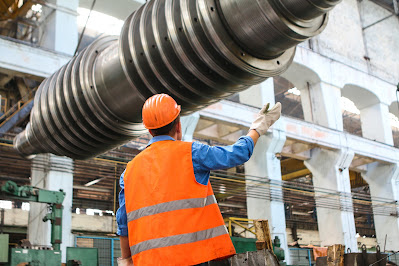4 Key Advantages a Digitised Permit to Work System

When safety at the workplace gets compromised, the results are often a series of unavoidable problems for organisations. The most common (read: frustrating) is the “blame game” and since humans have a natural tendency to pass the buck, they either accuse each other involved in the system, blame the system itself, or seldom own up to the inescapable human fault. Thankfully, there exists a solution that can ensure true accountability or even modify the system for a safer work environment. An e-permit to work system allows companies to keep a tab on everyone’s activities, ensuring that all are amply trained and prepared when they take up any work at a particular location and time. A paper-based permit to work (PTW) syst em worked well for quite a long time, but only until the loopholes became too hard to ignore. With an electronic permit to work software, organisations now have the most comprehensive system that warrants a connected, responsible, safer and more productive wor...

